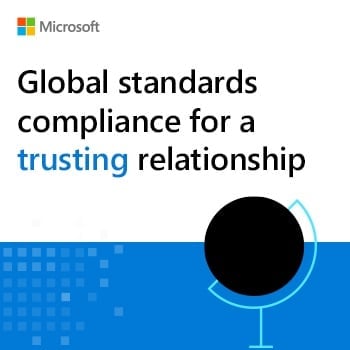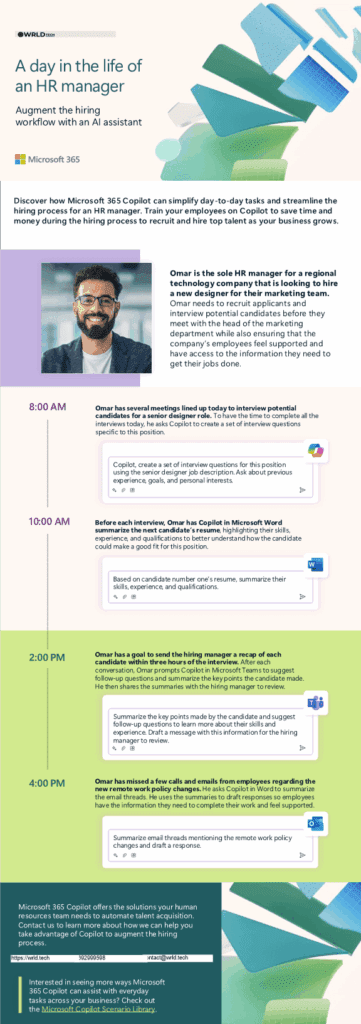How to build agents infographic
Did you know that #Copilot Chat enables growing businesses to start creating agents that streamline manual tasks for employees for free? Download our infographic to learn how we guide your employees on creating agents that enable them to inject AI directly into















